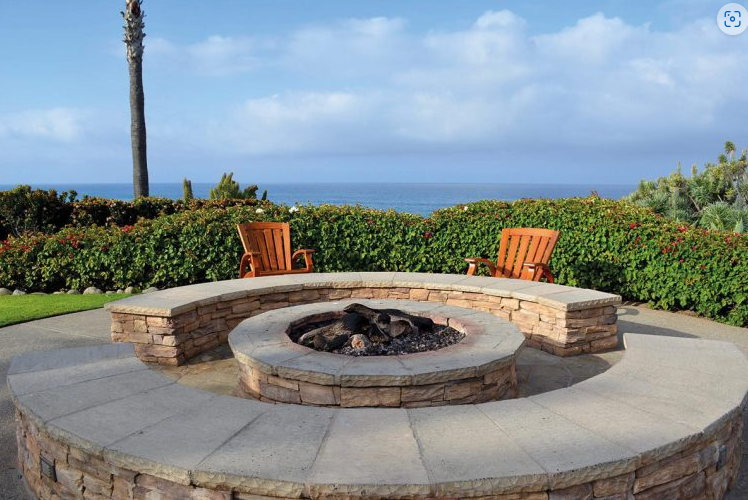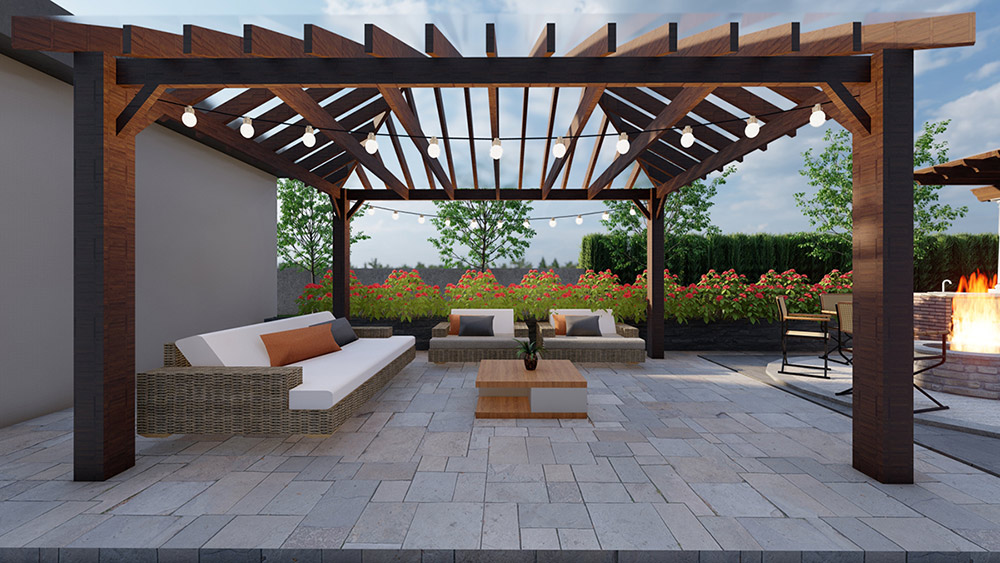Fire pits have been a symbol of communal gatherings since the dawn of humanity, serving as a symbol of good times and relaxation. The addition of a fire pit creates a focal point where people can enjoy the garden. In this comprehensive guide, we explore various aspects of integrating a fire pit into your garden, focusing on types, placements, usage, fuel, and the overall benefits.
The Evolving Garden
Gardens have evolved from being places of activity to spaces fostering well-being and connection. They are not just venues to grow your own plants or boost kerb appeal, but sanctuaries that nurture mindfulness, active living, and a connection to nature. Gardens have become crucial social hubs, allowing easy, flowing communication in a relaxing and comforting environment.

Strategic Placement
Proximity and Safety
The placement of a fire pit is crucial for maximizing its benefits. It should be located in a spot conducive to gathering but should be set up away from flammable objects like trees, shrubs, and buildings, ideally 2.5 to 3 meters away, ensuring safety and minimizing fire hazards. Professional garden designers often mount fire pits on wide patios, paved circles, or non-flammable base surfaces within existing lawn areas or sunken into gravel expanses.
Integrating with the Garden
While ensuring the fire pit has its own distinct space, it’s crucial that it ties in harmoniously with the overall garden aesthetic. A well-integrated fire pit enhances the garden’s visual appeal and serves as a significant, sculptural feature, attracting attention and setting the tone for garden gatherings.
Types of Fire Pits
DIY and Off-the-Shelf Options
Fire pits can be crafted by digging a dish-like hole and surrounding it with stones or slate or chosen from a variety of manufactured options available at local DIY stores and garden centres. The latter are designed to be aesthetically pleasing and efficiently functional, often coming in kits or preassembled sets that are simple to position, easy to clean, maintain, and assemble.
Variety and Customization
The market offers a plethora of fire pits suitable for various needs and preferences, from permanent structural additions to portable pieces. They come in different shapes, sizes, materials, and designs, ensuring that there is a perfect choice to match your garden style and furniture. Whether you prefer gas/propane fuelled or wood-burning options, local suppliers can provide ample advice and considerations based on your specific needs and demands.

Fuel Considerations and Safety
Eco-conscious Fuel Choices
When it comes to using fire pits, it’s essential to adhere to safety rules and be eco-conscious about the fuel choices. Avoid burning overly smoky or pollutant-emitting materials. Aim for a gentle, warm glow rather than a bonfire, respecting the fire pit as a sacred fire to be cherished with family and friends.
Proper Handling and Precautions
Some fire pits are suitable for cooking; however, it’s crucial to follow manufacturer guidelines to avoid accidents. After enjoying the fire, embers should be left until they are completely cool before being disposed of safely or used as compost if suitable. It’s crucial to never leave the fire pit unattended and to be vigilant about the dangers and precautions with fire, especially around pets and children.
Conclusion:
In conclusion, the addition of a fire pit to a garden is not merely about creating a visual focal point; it’s about adding a feature that is empowering, health-enhancing, and brings joy and comfort. A fire pit provides light and warmth, creating a welcoming space to forge new bonds and create lasting memories, making it a wonderful, primal addition to any garden space in Ireland.
In incorporating a fire pit in your garden, remember to consider the various types, be mindful of its placement in relation to other garden elements, opt for eco-friendly fuel options, and observe all safety precautions. By doing so, your fire pit will become a treasured, cherished space where life’s joys are shared and celebrated with loved ones.




